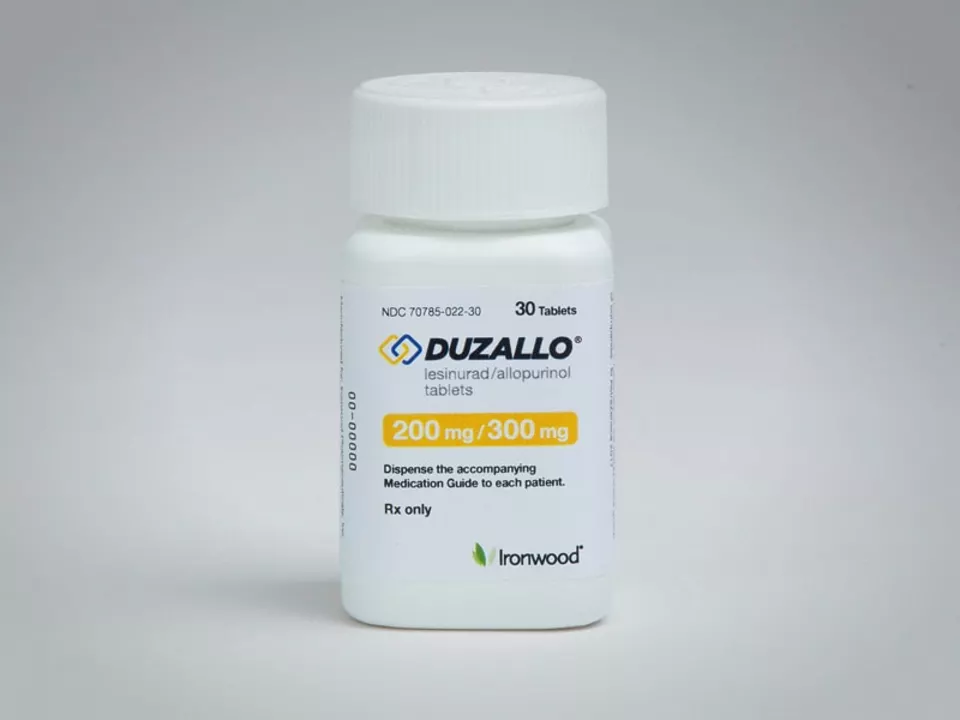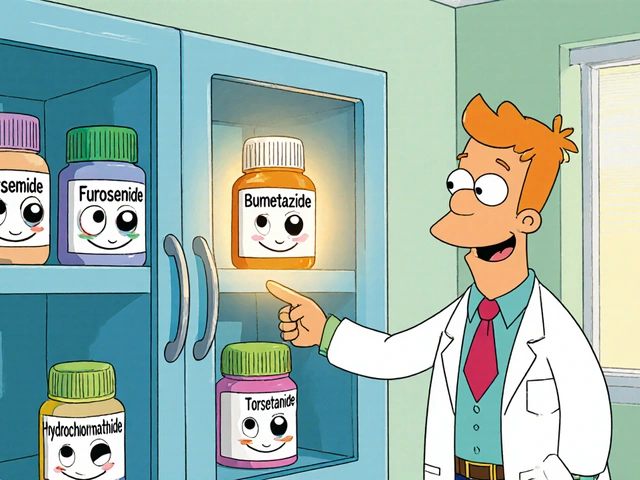Gout Treatment Guide: What Works and What Doesn’t
If you’ve ever felt that sharp, throbbing pain in your big toe, you know gout can ruin a day fast. The good news is there are clear steps you can take to stop the attacks and keep them from coming back.
Medications That Work Fast
The first line of defense is medicine. Doctors usually prescribe NSAIDs like ibuprofen or naproxen for sudden flare‑ups. They calm inflammation quickly, letting you move without that crushing pain.
If NSAIDs aren’t enough, colchicine is an option. It’s an older drug but still effective when taken early in an attack. The dose matters – a small starter dose followed by a maintenance amount works best for most people.
For long‑term control, urate‑lowering drugs such as allopurinol or febuxostat are the go‑to choices. They keep uric acid levels down so crystals can’t form again. You’ll need regular blood tests to make sure the dose is right, but once it’s set, flare‑ups become rare.
Lifestyle Changes to Keep Gout Away
Medicine alone won’t solve everything. Your daily habits play a huge role in how often gout shows up.
First, watch what you drink. Beer and sugary sodas raise uric acid levels – swapping them for water or coffee can make a big difference. Even moderate alcohol can trigger an attack if you’re prone.
Next, think about food. Red meat, organ meats, and shellfish are high in purines, which turn into uric acid. Cutting back doesn’t mean you have to become a veggie‑only eater; just limit portion sizes and choose lean proteins like chicken or tofu more often.
Weight matters too. Extra pounds increase the stress on joints and boost uric acid production. Losing even 5–10 % of body weight can lower attack frequency dramatically.
Hydration is a simple but powerful tool. Aim for at least eight glasses of water daily – staying well‑hydrated helps flush out excess uric acid through the kidneys.
Finally, keep moving. Light exercise like walking or swimming improves circulation and supports weight loss without overloading joints. Avoid high‑impact workouts during a flare‑up; gentle movement is enough until pain eases.
Putting these steps together – proper meds, smarter drinking, balanced meals, steady hydration, and regular activity – creates a solid defense against gout. If you follow the plan consistently, those painful attacks will become a thing of the past.

How to Safely Start Allopurinol Therapy: A Step-by-Step Guide
Starting Allopurinol therapy can be a bit overwhelming, but following a step-by-step guide can help ensure safety. First, it's important to consult a healthcare professional to determine if Allopurinol is the right treatment for you. Next, make sure to start with a low dose and gradually increase it as advised by your doctor, to minimize the risk of side effects. Don't forget to maintain a healthy diet and stay hydrated, as this can help prevent kidney stones. Lastly, always monitor your progress and communicate any concerns to your healthcare provider to ensure a successful and safe Allopurinol therapy.





